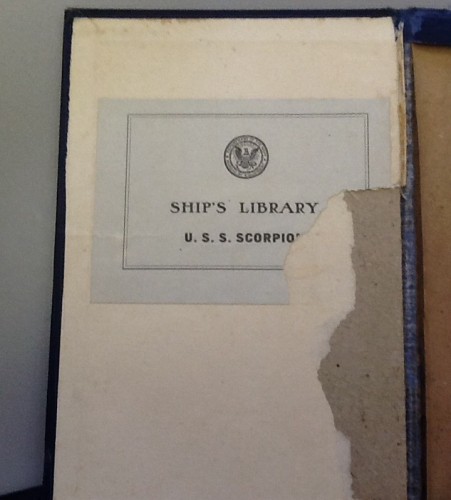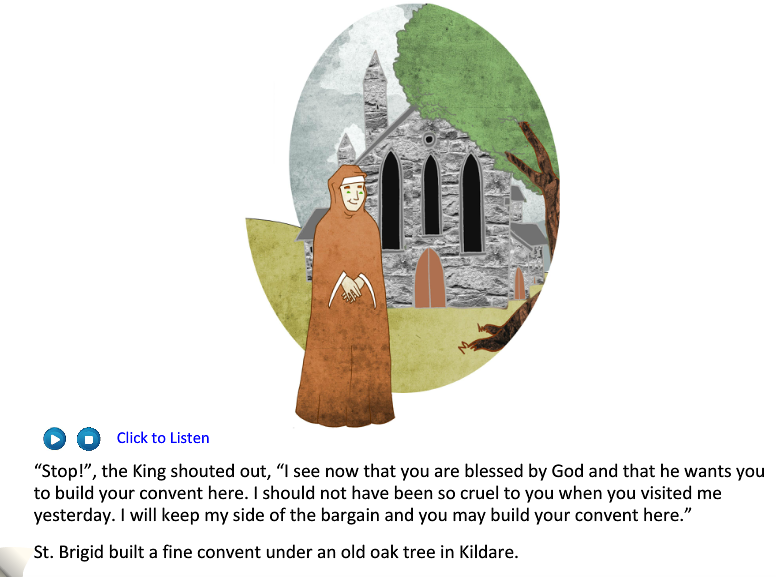On the 24th of April, Easter Monday 1916, about 2,000 Irish Volunteers and 200 from the Irish Citizen Army occupied the General Post Office (GPO) as well as other important buildings in Dublin city. One group of rebels took over the Four Courts and another group took over the South Dublin Union, which is now James’s hospital. They proclaimed the Irish Republic, read the Proclamation and raised the Irish flag for the first time.
The British army were taken by surprise and suffered heavy casualties. Reinforcements arrived from England. The British army shelled the GPO and other buildings. After a week’s fighting, the leaders of the rising surrendered. Many civilians died in the cross-fire. The guns and fires had destroyed much of the city and the GPO was in ruins.
At first, the Rising was very unpopular with people in Dublin and throughout the rest of Ireland. However, this opinion changed when the British executed fifteen of the leaders of the Rising after a court in Kilmainham Jail between the 3rd and 12th of May 1916. The executed leaders were gradually seen as heros.
Eamonn Ceannt was a founder of the Irish Volunteers. Born in Galway in 1881. He had an interest in Irish culture, especially in Irish language and history. He was the commander of the Fourth Battalion of Irish Volunteers during the 1916 Rising and took control of the South Dublin Union (St. James’s Hospital). He was executed on the 8th of May 1916.
James Connolly was born in Edinburgh in 1868. James Connolly was one of the founders of an army set up to protect workers. It was called the Irish Citizen Army. During the Easter Rising he was appointed Commandant-General of the Dublin forces. He lead the group that took over the G.P.O were he was wounded. He was executed on the 12th of May 1916.
Joseph Plunkett was born in 1887 in Dublin. During the planning of the Rising, Plunkett was appointed Director of Military Operations, with overall responsibility for military strategy. Plunkett was one of the rebels who were stationed in the G. P. O. during the 1916 Rising. He married Grace Gifford while in Kilmainham Gaol and was executed on the 4th of May 1916.
Padraig Pearse was born in Dublin in 1879. He was in charge of the G.P.O during the rising. When the British army overpowered the Irish rebels, it was Pearse who ordered their general surrender in order to save further loss of life. He was executed on May 3rd.
Séan Mac Dermott was born in Leitrim in 1884. He joined the Irish Republican Brotherhood (I.R.B.) in 1906. He fought in the G. P. O. during the 1916 Rising. He was executed on the 12th of May 1916.
Thomas Clarke was a member of the Fenians. He was one of the rebels who planned the 1916 Rising. He was executed on the 3rd of May 1916.
Thomas MacDonagh was from Tipperary and was born in 1878. in 1914 and later joined the IRB (Irish Republican Brotherhood). Thomas MacDonagh was appointed to the IRB military committee in 1916. He was executed on the 3th of May 1916.
From Abby’s Blog
In the year 1916 something heroic happened in Dublin Ireland. 1916 was the year Ireland fought there own independence. The Rising was planned in secret by seven men. They were, Tom Clarke, Sean McDermott, Patrick Pearse, Thomas MacDonagh, Joseph Plunkett, James Connolly and Eamon Ceannt. They had arranged with the Germans for a large importation of arms to be delivered on Good Friday, April 21st, but this shipment was discovered by the British off Kerry and its cargo lost. At the last minute, the plans for the Rising were revealed to Eoin MacNeill who tried to call off the rebellion by issuing a “countermanding order”, but actually just postponed the outbreak from Easter Sunday to the next day, Monday The insurgents proclaimed an Irish Republic with Pearse as President and Connolly as commander in chief. They occupied positions around Dublin at the General Post Office the Four Courts, the South Dublin Union, Boland’s Mill, Stephen’s Green and Jacobs’ biscuit factory.But they fought heroically but they were all executed by the British.
From Jack’s Blog
For some of you that might not know what the 1916 Easter Rising was or if you just want to learn a bit more about it well then you’ve come to the right person!
The Easter Rising was all about the Irish Republican Army wanting independence for there own country because at this time Ireland was under British rule.The Rising began on Easter Monday, 24 April 1916, and lasted for six days. At this time WW1 was underway so Ireland thought that Britain wouldn’t be strong enough to fight back once they attacked!
The date was set for when Ireland would raid Britain and that was Easter Sunday but that didn’t go to plan! Ireland had ordered loads of arms from Germany that was landing in Co Kerry planned by the IRB. Unfortunately the boat that was carrying the arms which was called the “Aud” was scuttled after it ambushed with the Royal Navy.
That meant that the date would have to be changed so they all decided to change it to Easter Monday. Early on Monday morning, 24 April 1916 about 1,200 Volunteers and Citizen Army members took over strongpoints in Dublin city. The rebel headquarters was the General Post Office also known as the GPO. In the GPO James Connolly and 4 other members of the military council which were Patrick Pearse, Tom Clarke, Sean Mac Dermott and Joseph Plunkett. At this time volunteers raised two Republican flags and Patrick Pearse read a Proclamation of the Republic. Elsewhere rebel forces took there locations at the Four Courts, at Jacob’s Biscuit Factory,Boland’s Mill, The South Dublin Union hospital and St Stephens green.Although it was lightly guarded, Volunteers and the Citizen Army under Seán Connolly failed to take Dublin Castle, the centre of British rule in Ireland!
There was a lot of killing and dreadful tragedy’s during the rising like when three unarmed Dublin Police men where shot dead on the first day of the Rising and due to that incident a terrible fight broke out in O ‘Connell Street. A total of 425 people where arrested after the Rising due to that circumstance.
In the end Ireland got Independence and people started to think that it was the right thing that they had done because after all most of the IRB risked there lives for all the peoples sake! I would hate to be there when the Rising was on because I would be scared to death!
Here are 10 facts about the Rising:
1.The 2 most important people of the group were Patrick Pearse and James Connolly.
2.The rising was meant to take place all over Ireland but in the end due to the British capturing a shipment full of arms it mainly took place in Dublin.
3.During the whole week of fighting there were only around 1,600 men involved in the fighting
4.The damage to the city was roughly 2 million pounds which was a huge amount of money then.
5. In the end Pearse was forced to surrender and most of those involved in the
organisation and the fighting were taken off to Kilmainham Gaol. Kilmainham Gaol was a prison in Dublin. It is now a museum.
6. A cross at Kilmainham Gaol marks the places where they were shot.
7. There was a woman who took part in the fighting and was later put in prison. Because she was a woman she was allowed to go free. Her name was Countess Markievicz .
8. Countess Markievicz knew the poet W.B Yeats.
9. Pearse ordered in early April for three days of “parades and manoeuvres” by the Volunteers for Easter Sunday.
10. Not enough volunteers came out to fight during the Rising so that was a disaster.
Hope you enjoyed this article on the Rising and that you learned loads of new things!
By Sophie
from Sophie’s Blog
Irish Independence: 1916 facts
By Abby💙❤️💜💛💚 on Nov 1, 2015
1. The seven members of Irish Republican Brotherhood Military Council who planned the Rising were Thomas Clarke, Sean McDermott, Patrick Pearse , Eamonn Ceannt, Joseph Plunkett, James Connolly, and Thomas MacDonagh. All were executed after the Rising.
2. Thomas MacDonagh and Joseph Plunkett were poets, Patrick Pearse was a poet and writer as well as a schoolteacher.
3.Joseph Plunkett married his fiance, Grace Gifford at Killmainham Gaol eight hours before his execution.
4. Grace Gifford wore her widow’s mourning clothes the rest of her life.
5. Before his execution, Sean McDermott wrote, “I feel happiness the like of which I have never experienced. I die that the Irish nation might live!”
6. The Easter Rising made the front page of The New York Times eight days in a row.
From Abby’s Blog
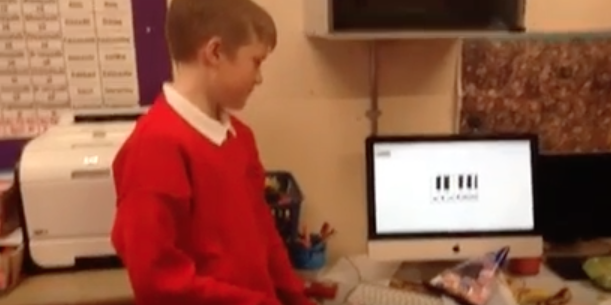

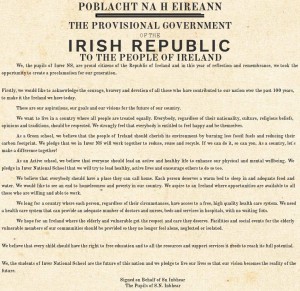
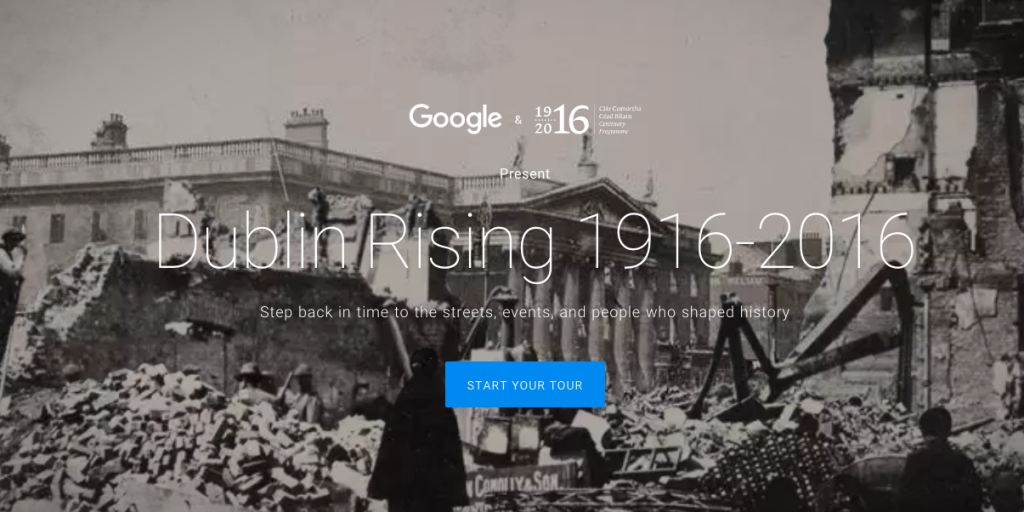
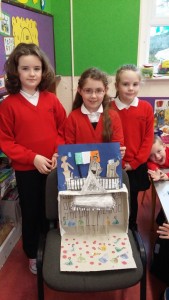
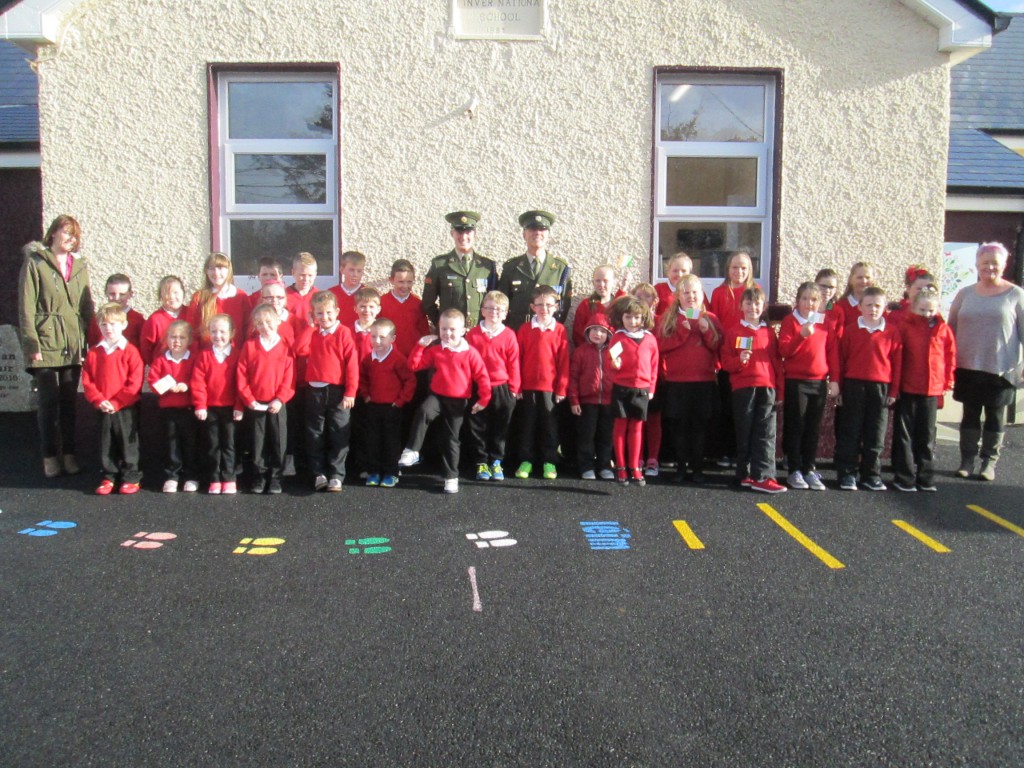
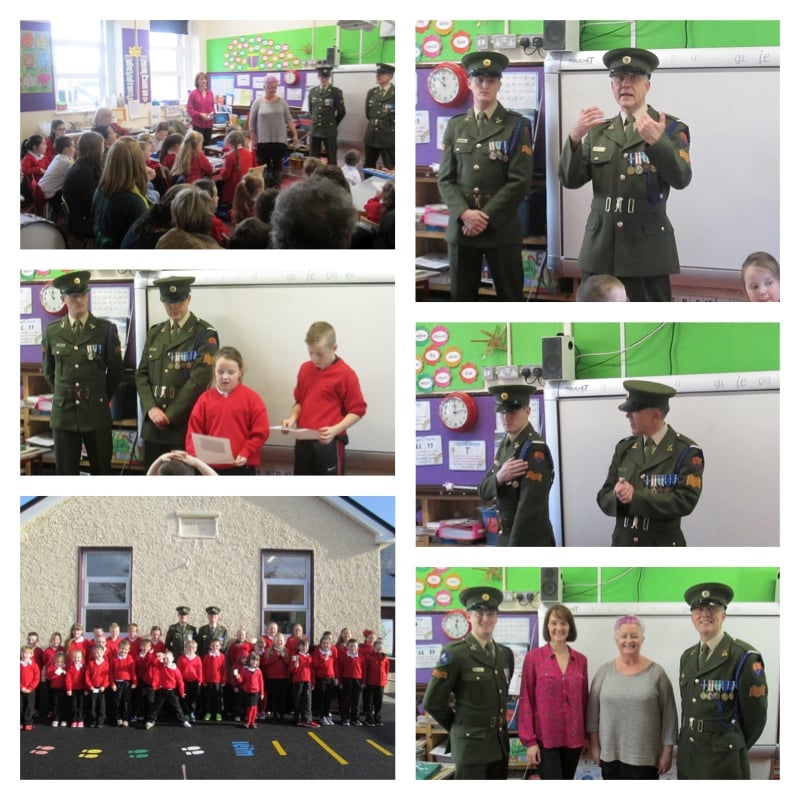
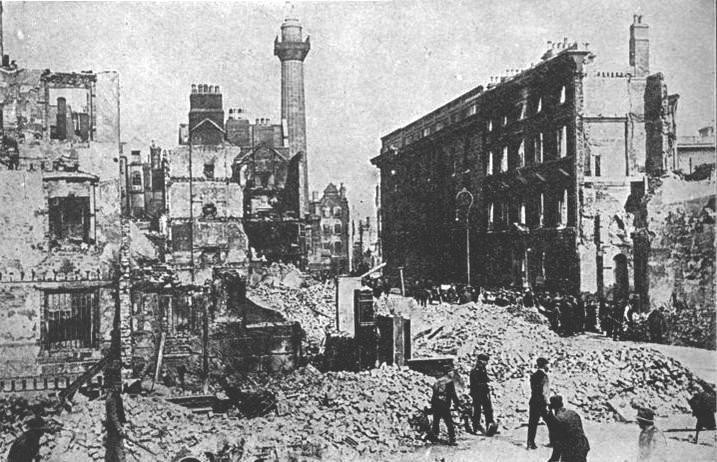
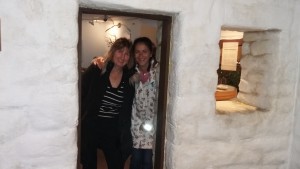
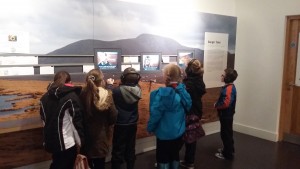
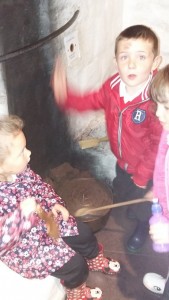
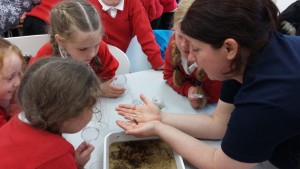
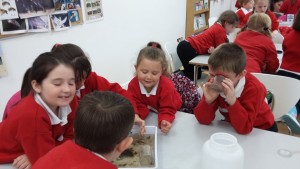
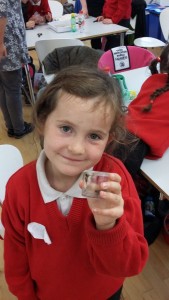
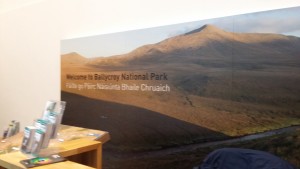
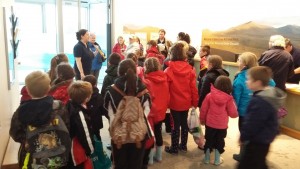
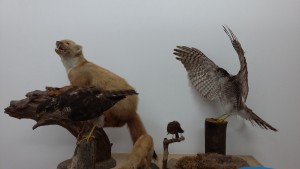

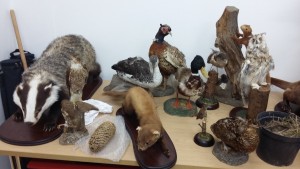
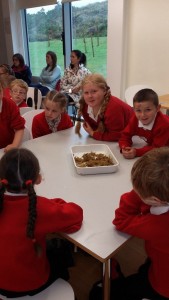
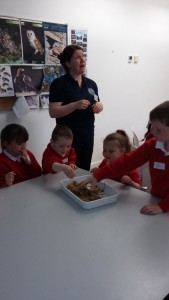
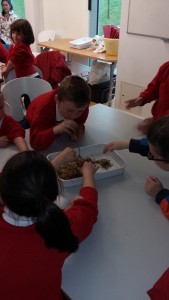
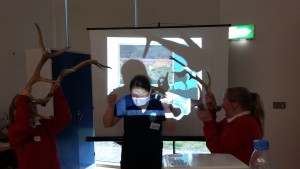
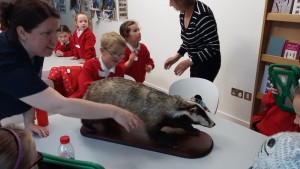
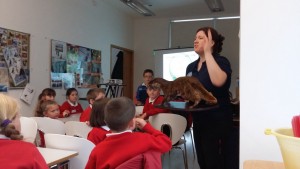
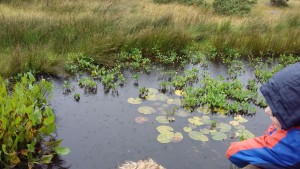
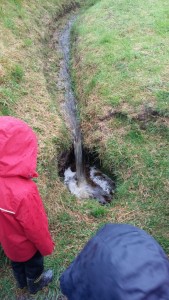
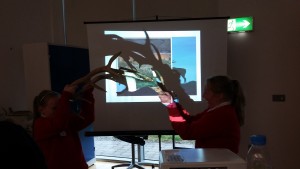
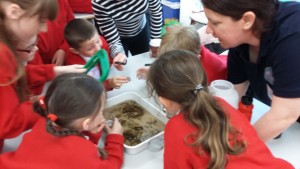
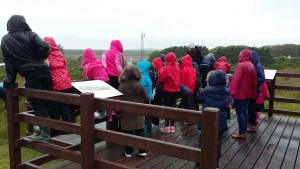
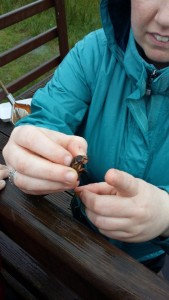
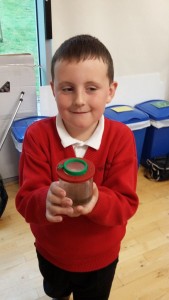
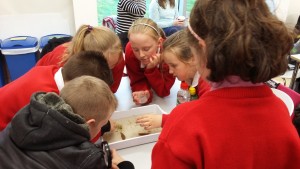
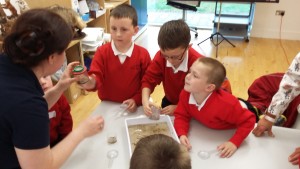
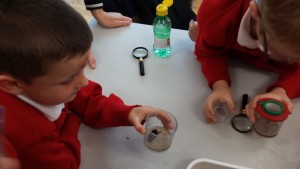
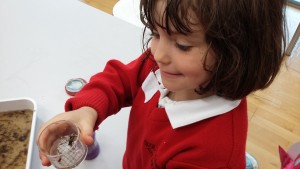
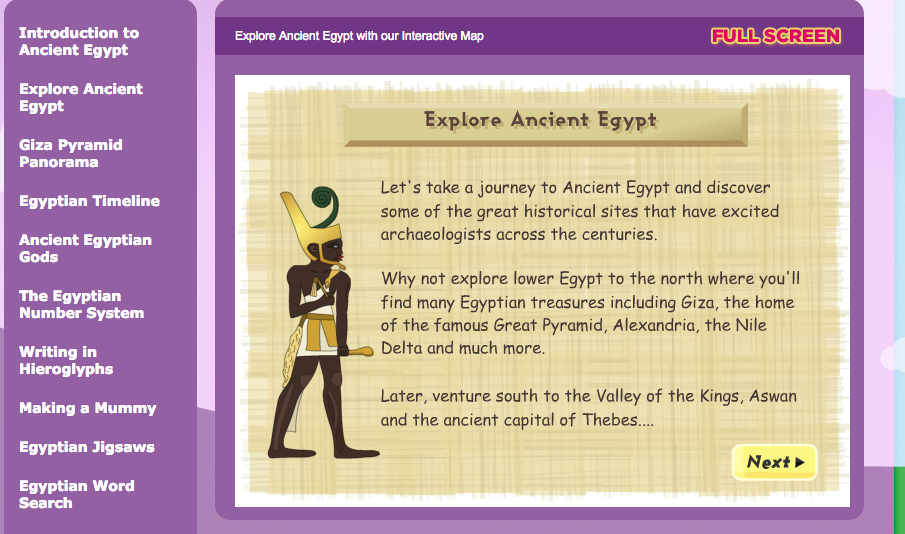
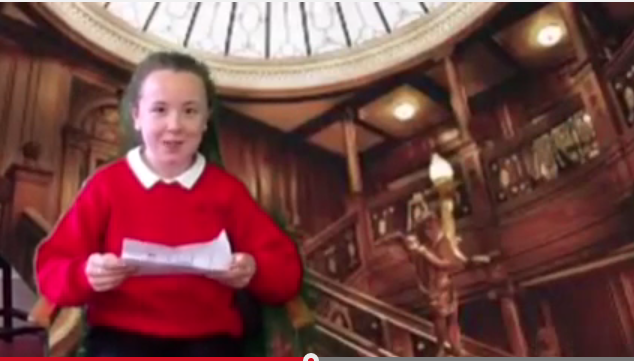
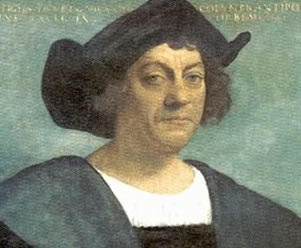
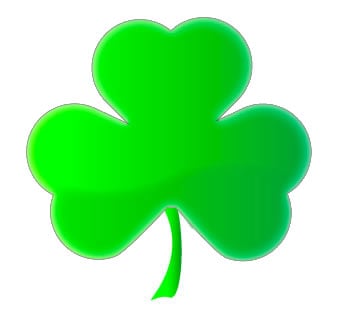
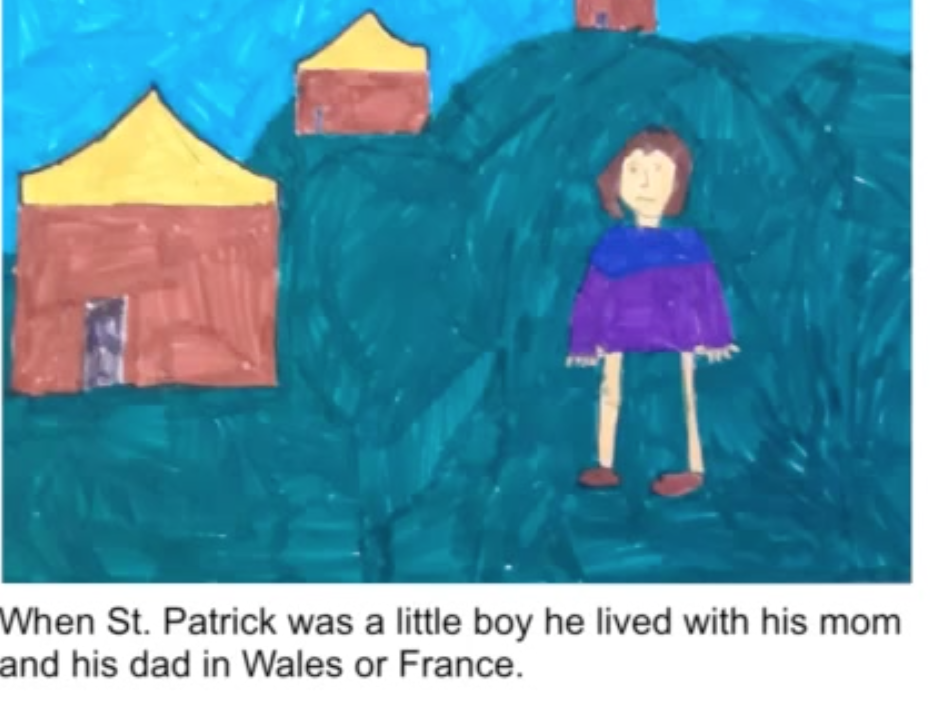 . We are still very proud of them:
. We are still very proud of them: